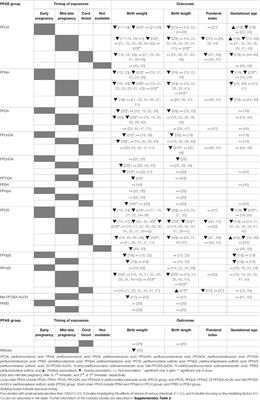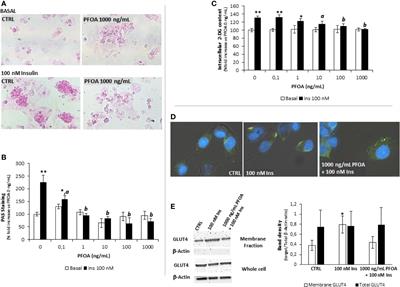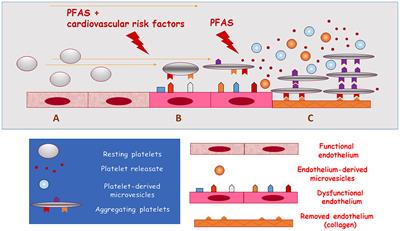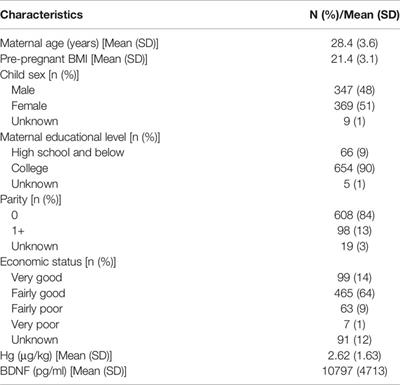EDITORIAL
Published on 12 Jan 2022
Editorial: Emerging Chemical Risks for Human Health: Endocrine Disruption by Per- and Poly-Fluorinated Alkyl Substances (PFAS)
doi 10.3389/fendo.2021.813785
- 2,449 views
- 7 citations
12k
Total downloads
34k
Total views and downloads
You will be redirected to our submission process.
EDITORIAL
Published on 12 Jan 2022
REVIEW
Published on 09 Sep 2021

ORIGINAL RESEARCH
Published on 03 Sep 2021

REVIEW
Published on 09 Jul 2021

ORIGINAL RESEARCH
Published on 01 Jun 2021

